Meeting Privacy & Compliance Laws in the Age of Unsupported Legacy Systems
Published
February 28, 2025
Executive Summary
Global privacy laws are evolving toward proof-based compliance. Regulators no longer accept “policy statements” — they demand verifiable evidence of data control, provenance, and governance. For many organisations, the largest obstacle is the presence of unsupported legacy systems — operationally critical, yet functionally opaque.
These “black box” systems cannot be ignored. Without intervention, they represent a structural inability to meet obligations under laws such as the CPS 230, Essential 8, GDPR, and other jurisdiction-specific privacy frameworks.
Privacy compliance in the modern regulatory landscape is a visibility challenge. Unsupported systems cannot remain blind spots. By unlocking and documenting the inner workings of legacy applications, Zaptz enables enterprises to meet — and prove — compliance obligations, avoiding penalties while safeguarding operational continuity.

The Challenge: Legacy as a Compliance Blind Spot
Legacy applications often:
- Operate without vendor support or patching.
- Lack source code access, making inspection impossible.
- Contain undocumented data stores and processing logic.
- Offer no modern audit logging or integration points.
Under modern privacy laws, regulated entities must know:
- What personal data they hold.
- Where it is stored and processed.
- How it is transferred or shared.
- That it can be deleted or anonymised on request.
If a system is a black box, none of the above can be proven — placing the organisation at immediate regulatory risk.
Regulatory Imperative: From Policy to Proof
Privacy regulators are increasingly demanding:
- Traceable data mapping — proof of location, movement, and lifecycle of personal data.
- Change control history — evidence of authorised modifications.
- Demonstrable breach readiness — ability to show exactly what was exposed in an incident.
Failure to meet these requirements can result in:
- Multi-million-dollar fines.
- Regulatory orders to cease system operation.
- Loss of customer trust and market access.
.webp)
The Zaptz Approach: Opening the Black Box Without Source Code
Zaptz tools — Ezysnap, EzyReport, EzyTree, and EzyCAB — are designed to analyse, document, and modernise unsupported systems without installers or source code.
Capabilities include:
- Automated application-layer discovery — identifies where regulated data resides.
- Dependency and data flow mapping — visualises all data movement between systems.
- Audit-grade documentation — generates regulator-ready reports.
- Immutable change tracking — with blockchain-enabled ZactionChains for tamper-proof governance.
This allows organisations to meet privacy obligations in full — turning unsupported legacy systems from risk liabilities into compliant, auditable assets.
Outcome: Compliance Without Rebuild
By enabling deep inspection and mapping of black box systems, Zaptz removes the need for costly rewrites or dangerous decommissioning. Organisations can:dsdafasdfa
- Provide verifiable evidence to regulators.
- Prove ongoing governance and control.
- Continue operations without breaching privacy law.
Conclusion
Privacy compliance in the modern regulatory landscape is a visibility challenge. Unsupported systems cannot remain blind spots. By unlocking and documenting the inner workings of legacy applications, Zaptz enables enterprises to meet — and prove — compliance obligations, avoiding penalties while safeguarding operational continuity.
.png)

